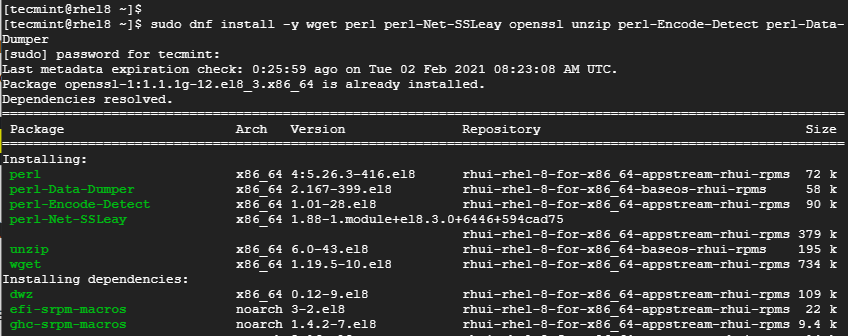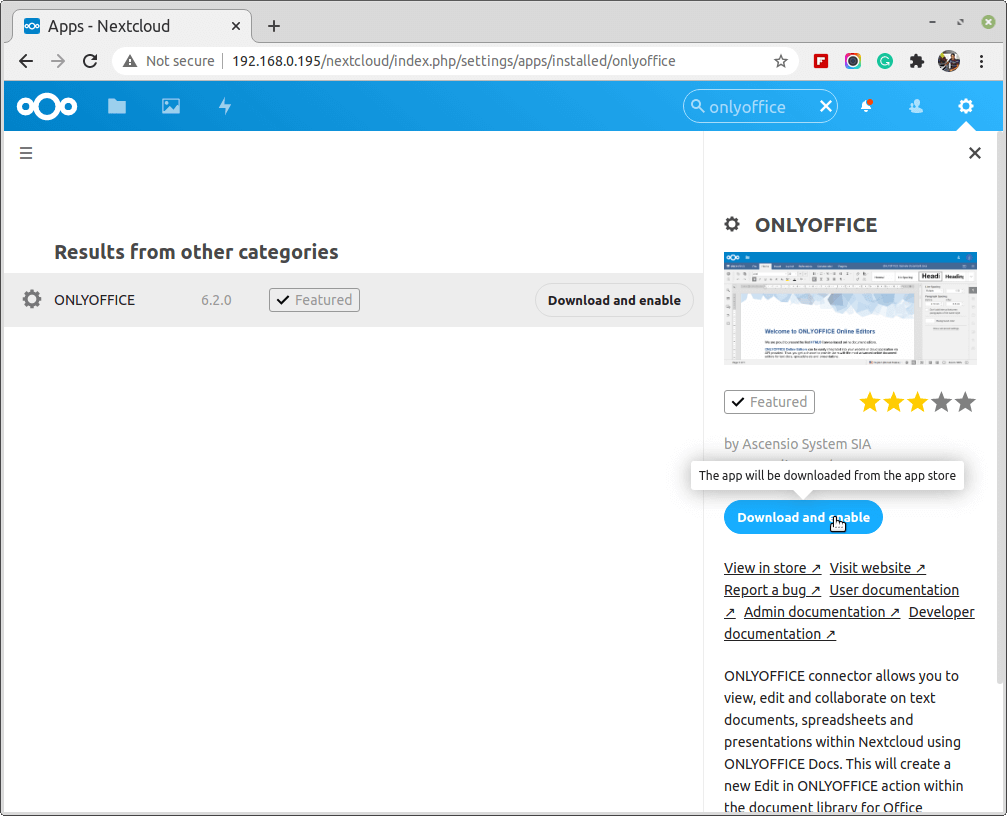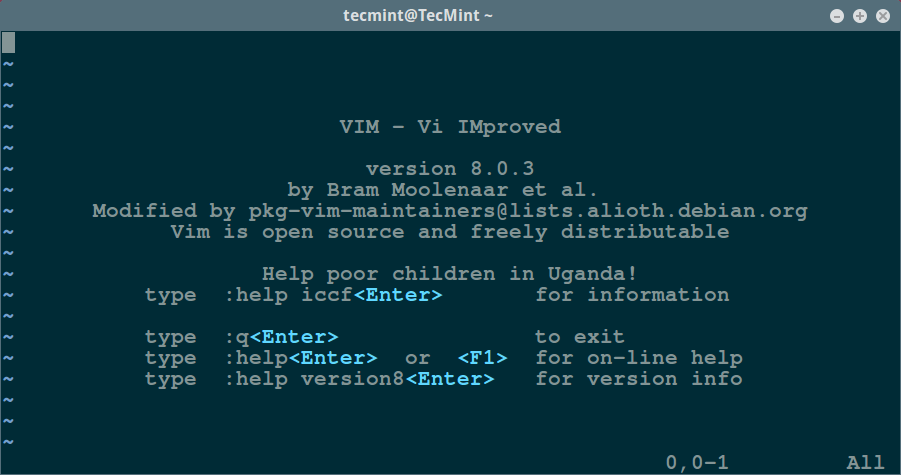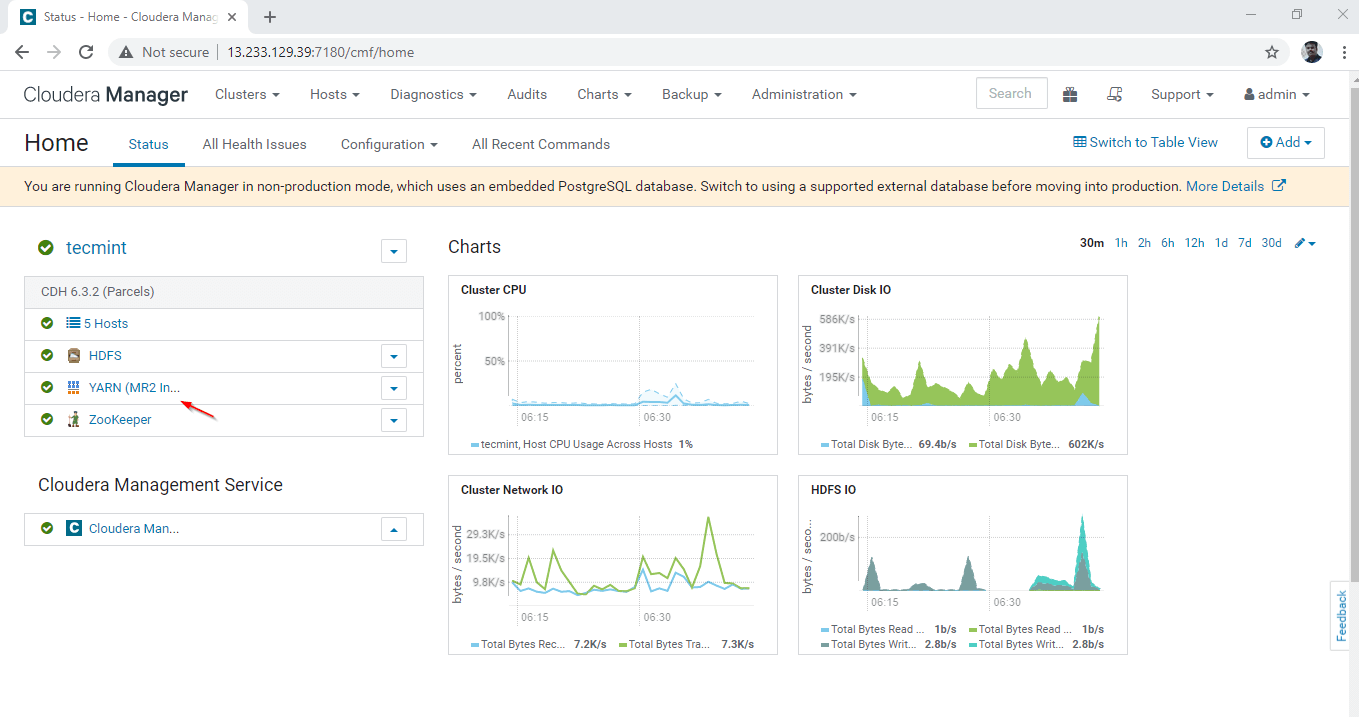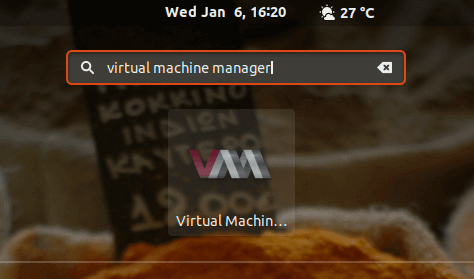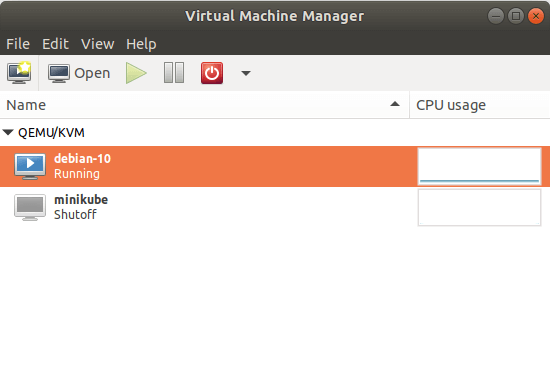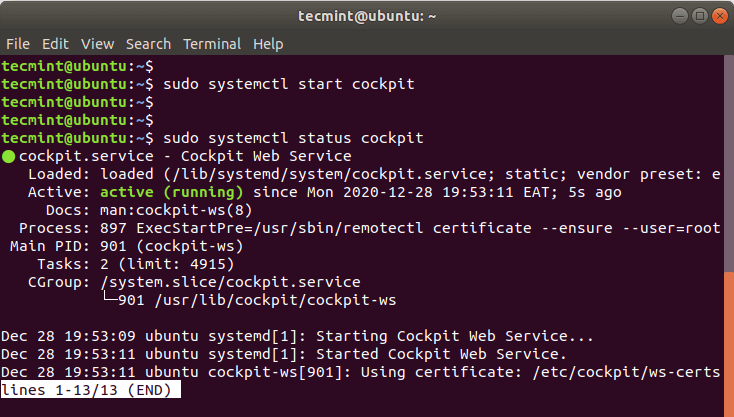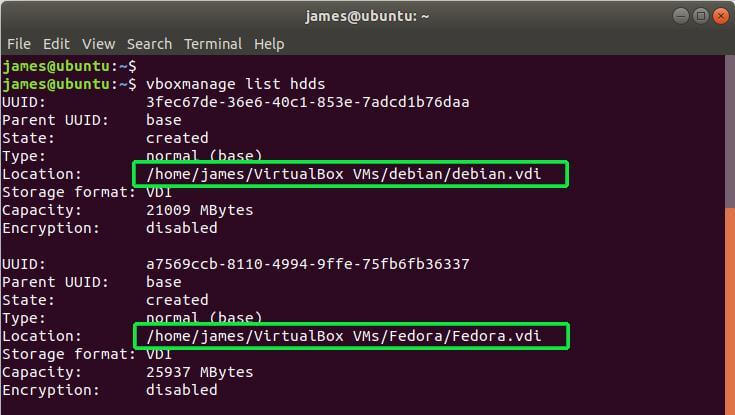Webmin is a modern web-based Linux management tool (similar to Cockpit Web Console) that allows you to monitor various system metrics. With Webmin, you can also perform administrative tasks such as manage user accounts, change settings and configure DNS settings. Webmin provides a GUI that displays system metrics such as CPU, RAM, and Disk utilization.
RedHat - Page 3 of 8 - DesignLinux
How to Co-author Documents in Linux with ONLYOFFICE Docs
Document collaboration as the practice of multiple people working simultaneously on a single document is really important in today’s technologically advanced age. Using document collaboration tools, users can view, edit, and work simultaneously on a document without sending emailing attachments to each other all day. Document collaboration is sometimes called co-authoring. Real-time document co-authoring is
How to Install Latest Vim Editor in Linux Systems
Vi has been around for a long, developed around 1976, it offered users traditional yet powerful features such as an effective editing interface, terminal control, and many more. However, it lacked certain captivating features for example multiple screens, syntax highlighting, multiple undo functionality, and so on, that many Unix/Linux users were looking for in a
How to Create a KVM Virtual Machine Template
A virtual machine template is essentially a copy of the installed virtual machine that comes in handy when you want to deploy multiple instances of virtual machines. Creating a template is a 3 step process that involves creating a virtual machine, installing all the requisites packages that you want to be installed, and finally cleaning
How to Set Up High Availability for Resource Manager – Part 6
YARN is the Processing Layer of Hadoop, which consists of the Master (Resource Manager) and Slave (Node Manager) services to process the data. Resource Manager (RM) is the critical component that is responsible for resource allocation and management among all the jobs running in Hadoop Cluster. It is always recommended and best practice to have
How to Create Virtual Machines in KVM Using Virt-Manager
As you get started, ensure that the KVM hypervisor is installed on your system. An acronym for Kernel-based Virtual Machine, KVM is a combination of kernel modules & utilities needed to run virtual machines on a host system. These include QEMU, virt-install, libvirtd daemon, virt-manager and so many more. We have elaborate articles on: How
How to Manage Virtual Machines in KVM Using Virt-Manager
The virt-manager application provides an easy-to-use interface that allows users to perform a wide range of tasks including creating guest machines and assigning critical virtual resources such as CPU, memory, and disk space. Users can also configure networking, pause, and resume the guest machines as well as monitor performance. As you get started, make sure
How to Install Apache Kafka in CentOS/RHEL 7
Apache Kafka is a powerful messaging engine, which is widely used in BigData projects and the Data Analytics life cycle. It is an Open-source platform to build real-time data streaming pipelines. It is a distributed publish-subscribe platform with Reliability, Scalability, and Durability. We can have Kafka as a standalone or as a cluster. Kafka stores
Managing KVM Virtual Machines with Cockpit Web Console in Linux
Cockpit is a free and open-source front-end tool that provides administrative access to Linux systems. It allows system administrators to monitor, manage, and troubleshoot Linux servers. It provides an intuitive web interface that easy to navigate and keep track of the salient system features and resources. There’s a whole lot of things you can do
How To Migrate Virtualbox VMs Into KVM VMs In Linux
Are you considering making a switch from VirtualBox to KVM hypervisor? One of your greatest concerns would be starting all over again by creating new virtual machines in KVM – an arduous task to say the least. The good news is that instead of creating new KVM guest machines, you can easily migrate the VirtualBox

